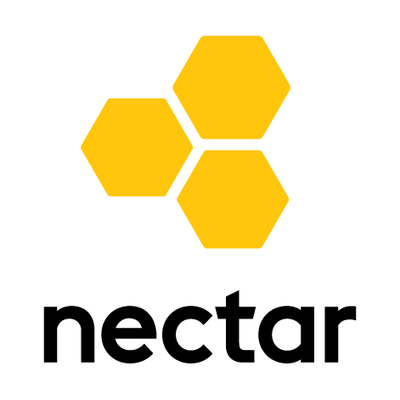Teacher Notes
Welcome to the Space and Environment teacher area
In this area you will find information relating to each of the experiments offered under the Space and Environment theme, including technical notes, troubleshooting, downloadable materials (lesson plans, students worksheets), and more.
Use the tabs below to switch between the available experiments.
Humans on the moon: Teacher Notes
Downloads:
Introduction:
This module explores the nature of Space considering the needs to sustain life on the moon. This topic explores What Humans need to survive on the moon and Radiation in its three main forms: alpha particles, beta particles, and gamma rays.
Learning Outcomes:
- Understand there are three distinct types of radioactive particles.
- Appreciate the penetrating power of these different radioactive particles:
Alpha radiation is easily stopped by thin barriers. It is not very penetrating.
o Beta radiation is moderately penetrating. It is very sensitive to the thickness of the barrier.
o Gamma radiation is very penetrating and goes through just about anything. - Explain and predict the behaviours of alpha, beta and gamma radiation.
- Understand what physicists do in their job- teaching, research
- Understand that scientists collaborate to generate solutions to problems
Science Inquiry Skills Curriculum Strand Link:
- Questioning and Predicting: Identify questions and problems that can be investigated scientifically and make predictions based on scientific knowledge.
- Planning and conducting: Measure and control variables, select equipment appropriate to the task and collect data with accuracy.
- Processing and analysing data and information: Construct and use a range of representations, including graphs, keys and models to represent and analyse patterns or relationships in data using digital technologies as appropriate; Summarise data, from students’ own investigations and secondary sources, and use scientific understanding to identify relationships and draw conclusions based on evidence.
- Evaluating: Use scientific knowledge and findings from investigations to evaluate claims based on evidence.
- Communicating: Communicate ideas, findings and evidence-based solutions to problems using scientific language, and representations, using digital technologies as appropriate.
Key Vocabulary:
-
radiation
solar wind
ionizing
photon
magnetic field
northern lights
nucleus
absorber
Webinar Link:
COMMING SOON:- Links to Webinars. Three webinars will be provided for teachers here for the students to watch.
- Webinar 1: Introduction to the moon and its environment. Dr David Hoxley (La Trobe University) provides a presentation on the following:
– What physicists do, who they work with, and what are some of the problems they try to solve
– How we use the scientific method
– Understanding Space (radiation and human needs in Space) and the problem we will be solving today - Webinar 2: How to use the FARLabs Radiation Turntable experiments
- Webinar 3: Design Process. Dr David Hoxley (La Trobe University) provides insight into the scientific design process for students.




